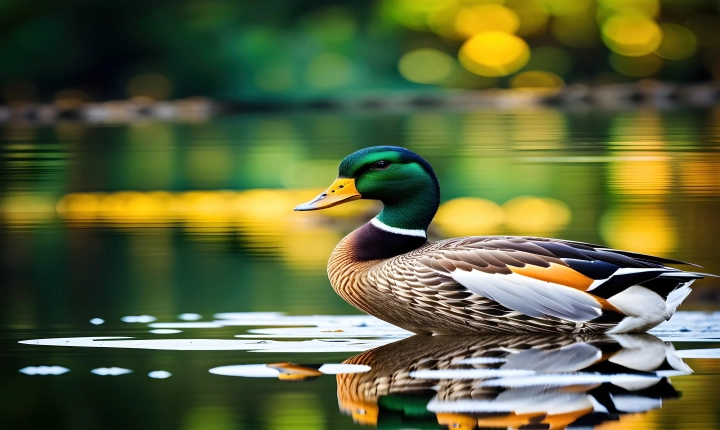Title: Unleashing AI’s Creative Potential: How to Make AI Create Art
In recent years, artificial intelligence (AI) has made significant strides in various fields, from healthcare to finance, and even in the realm of art. While many may still think of AI as purely a tool for automation and efficiency, it has also become a powerful creative force, capable of generating compelling art and music. So, how can we tap into AI’s potential to create art? Here are some key steps to consider.
1. Data Collection and Training
The first step in making AI create art is to gather a diverse and substantial amount of data. This data can include images, paintings, music, literature, and any other form of artistic expression. The more extensive and varied the dataset, the more rich and diverse the AI’s artistic output can be.
Once the dataset is collected, the AI needs to undergo a training process. This involves feeding the data into the AI system and allowing it to learn and understand patterns, styles, and techniques present in the artistic works. Training the AI requires sophisticated algorithms and computational power, often involving deep learning and neural networks.
2. Understanding Aesthetic Preferences
In order to create art that resonates with human audiences, the AI needs to comprehend aesthetic preferences. This can be achieved through a process called style transfer, where the AI learns to mimic the style of particular artists or artistic movements. By understanding and replicating these visual styles, the AI can produce art that is aesthetically appealing and resonates with human emotions.
3. Encouraging Creative Exploration
After the AI has been trained on the data and has some understanding of aesthetic preferences, it can be given the freedom to explore and create independently. AI can generate art through a process of trial and error, using its learned knowledge to experiment with different compositions, colors, and techniques. This allows for the discovery of novel and unexpected artistic expressions, often pushing the boundaries of traditional art forms.
4. Human-AI Collaboration
While AI can create art independently, the collaboration between human artists and AI can yield fascinating results. By working alongside AI, human artists can provide creative input and guidance to steer the AI’s artistic output in specific directions. This collaboration allows for the fusion of human creativity with the computational capabilities of AI, leading to the creation of art that is both innovative and emotionally compelling.
5. Ethical Considerations
As with any technology, using AI to create art raises ethical considerations. It’s crucial to consider issues such as intellectual property rights, transparency in AI-generated art, and the potential impact on traditional artistic practices. By addressing these ethical concerns, we can ensure that AI-generated art is developed and utilized in a responsible and respectful manner.
In conclusion, the process of making AI create art involves a combination of data collection, training, aesthetic understanding, creative exploration, human-AI collaboration, and ethical considerations. By leveraging these steps, we can unlock the full creative potential of AI and pave the way for new and groundbreaking artistic expressions. As AI continues to evolve, its role in the art world is set to expand, offering exciting possibilities for both artists and audiences alike.
